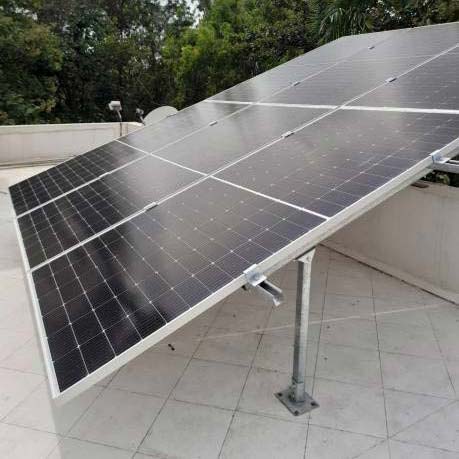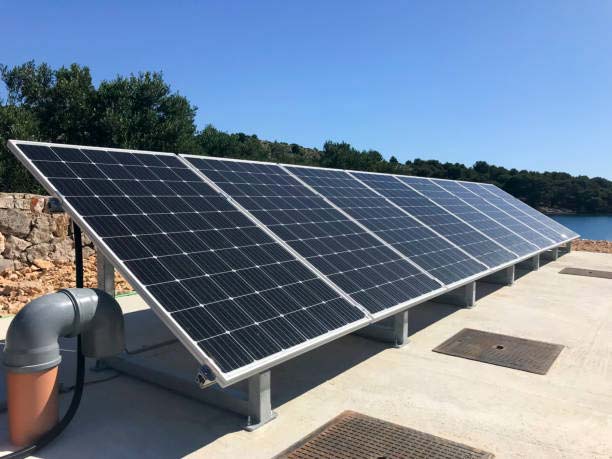Installation Process
Our Solar System Installation Method
United Solar Group Corporation will custom design your solar energy system and install it for long-term success. From design to completion, you’ll be pleased with our efficient work.
- Design – our engineers will design a custom system for your building. We’ll send the detailed plans to you and our technical department to begin the work.
- Permits – we provide the structural and electrical plans to local officials so all the appropriate paperwork and permits are completed.
- Installation – after the permits are approved, we’ll schedule a time for our professional crew to begin work on modules and racking system installation
- Inspection – when our installation is completed, we’ll schedule a time for local officials to inspect our system and ensure its up to code.
- Interconnecting – after the solar PV system passes the inspection, your utility company is notified. In a few days, they will come to your property and install a net meter that connects the solar system to the grid.
- Your roof’s design will influence the cost-effectiveness of your solar panels. For example, you want a roof with plenty of surface area that does not feature a lot of skylights, chimneys, or other roof features so that panels can be installed without hindrance. The condition of the roof is also a major factor when installing a solar system. It is recommended that a roof older than 5 years be evaluated prior to installation.
Types of Mounting Systems



Rack mounting systems are commonly used for stationary systems, particularly in ground-level installations and on flat rooftops. This approach is prevalent in large-scale commercial projects or utility-scale arrays due to its suitability for such applications.

Pole mounting systems involve the utilization of pre-fabricated racks affixed either atop or alongside a steel pole. This method is frequently chosen for off-grid residential PV systems. When determining the appropriate mounting system for the array, referencing span tables from various sources can assist in assessing the load-bearing capacities of roof trusses or beams.

